OVERVIEW
For my senior capstone project, I focused on sex education and public health awareness for teens and adolescents. In response to the political and social barriers that restrict safe access to reliable information, Floom was developed as a discreet, accessible, and youth-centered resource.
For this project, I developed a full brand identity system, two posters, two infographics, five brochures, an interactive comprehension quiz, and educational flat-lays introducing Floom’s mission.
Floom reflects a commitment to empowering youth with the knowledge they need to make informed, healthy choices, regardless of their circumstances.
DURATION
3 Months
PROBLEM
I was tasked with creating a "design for good" project that addresses a pressing social issue. I chose to focus on the lack of accessible, medically accurate, and culturally responsive sex education for teens across the United States. Access to reliable sexual health resources remains alarmingly inconsistent, leaving many young people without the knowledge they need to protect themselves and others. In the absence of trustworthy information, teens often turn to unsafe or unreliable sources, putting their health, safety, and futures at risk.
MY ROLE
Sole Creator, Researcher, Designer
SOLUTION
Floom was created to bridge a critical information gap. Designed as a discreet, accessible, and youth-centered platform, Floom provides medically accurate, scientifically sound, and culturally inclusive sexual health resources for youth.
By removing the visible markers that might expose teens to stigma or risk, Floom offers a safe environment where users can learn at their own pace. Its vibrant, gender-neutral branding draws inspiration from retro gaming aesthetics, ensuring it remains approachable and engaging.
Floom empowers young people with the knowledge they need to make informed decisions about their health, relationships, and future, regardless of where they live or what education policies exist in their communities.
PROGRAMS
Adobe Illustrator, Photoshop, InDesign, After Effects, Premiere Pro, Acrobat,
Google Docs, Google Drive, Canva, YouTube
Research
According Sexual Information and Education Council of the United States (SIECUS), only 30 states and the district of Columbia require sex education, either explicitly by law or by proxy via enforced state standards. 39 require HIV/AIDS instruction, and 21 require instruction on condoms or contraception when sex education or HIV/STI instruction is provided.
12 states do not require sex education or HIV/STI instruction to be any of the following, by law: age-appropriate, medically accurate, culturally responsive, or evidence based/evidence-informed. Only 5 states have laws requiring comprehensive sex education (CSE). Three require it to be taught in all schools, two only require IF it is taught in school.
When teens (regardless of gender/sexual orientation), don’t have proper access to these recourses, teens will find their own way to learn about this, potentially through unsafe measures.
Among teens reporting penis-vagina sex, less than half (43% of females and 47% of males) received this information before having sex for the first time. Despite the decline in formal sex education, there has been no increase in teens have sex-talks with parents or trusted adults.
According to data found from 2006-2008 by the CDC, most teenagers do in fact receive some form of sex education before the age of 18. Often though, it’s not all the recommended information as suggested by the CDC. Fewer than half of high schools and less than a fifth of middle schools teach all 20 topics recommended by the CDC as essential components of sex education.
Challenges
How might I create a discreet, youth-centered platform that provides medically accurate health education for teens? Especially in environments where formal sex education is limited, stigmatized, or inaccessible? This idea constantly came across my mind as I was researching current roadblocks to this issue.
Due to time constraints, I was unable to develop a fully prototyped website. Creating a site that properly incorporated all the necessary information and visuals would have exceeded the scope and capacity of this project.
LOGO DESIGN, DIRECTIONAL BOARD & BRAND IDENTITY
For my brand identity, I wanted to find an aesthetic that would be appealing to young teens and not be associated with gender. I was inspired by old-school technology and poster advertisements from the late 80s and early 90s. Vintage tech is trending and I think has vibrancy that attracts younger people. For my color palette, I wanted to stick with vibrant colors that would attract all types of teens, without intentionally using all of the colors of the rainbow.
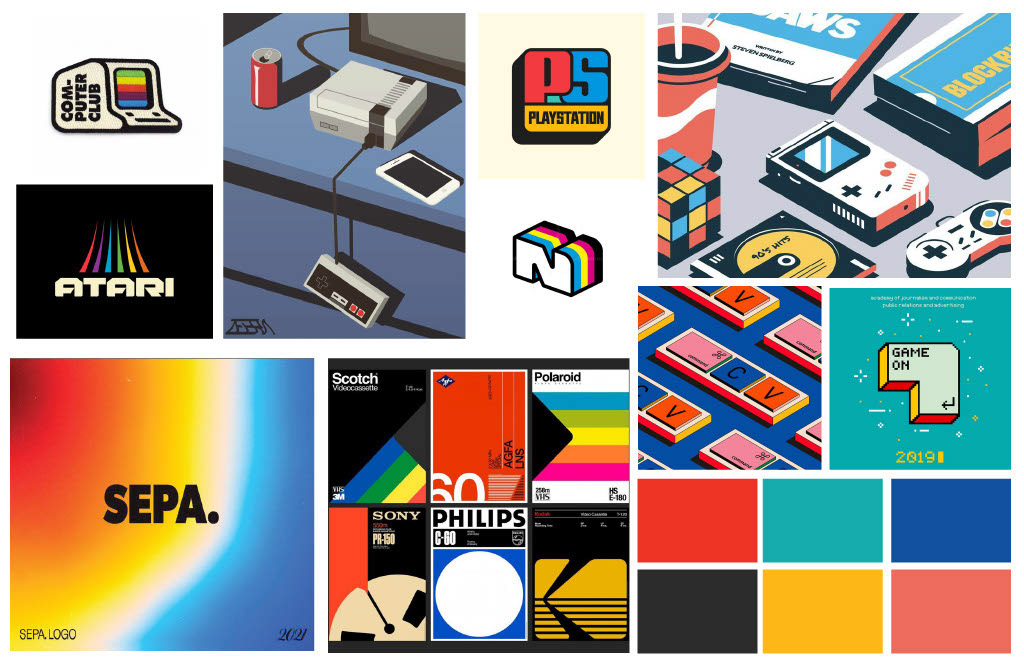
Directional Board
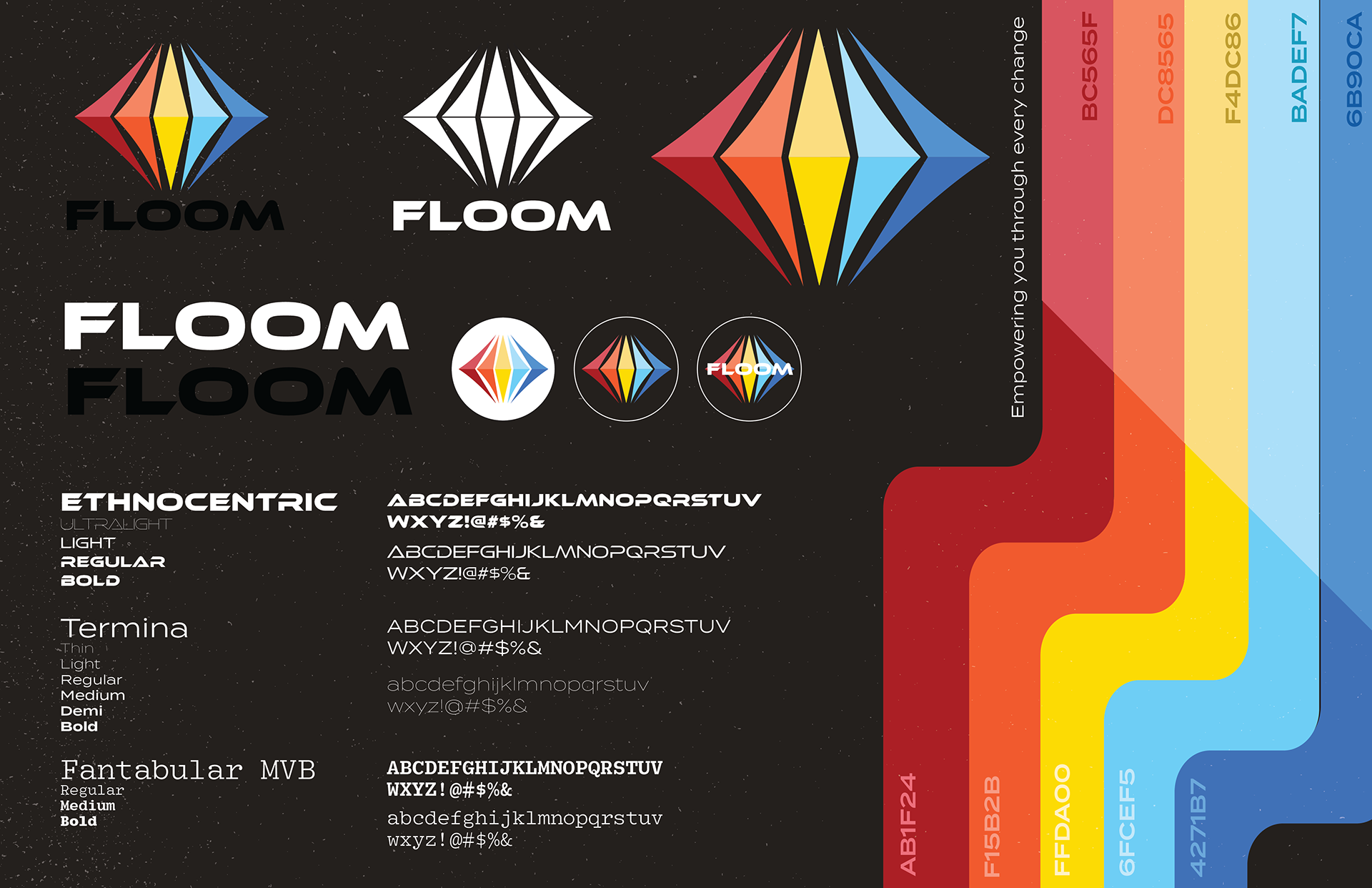
Brand Identity
INFOGRAPHICS
I designed two infographic posters visually explaining how sex education impacts our adolescent youth. “How Does a Lack of Sex Education Affect Teens” displays a color-coded map of how well states are performing based on state legislature and laws in place covering sex education requirements.
“What do Current Laws/Legislation Teach Us?” displays how a) receipt of information has changed over the last 20 years and b) gender disparities within sex education topics. From 1995 until 2015, instruction on birth control options has declined for both adolescent males and females. Adolescent females are nearly 10% more likely to receive instruction on waiting until marriage.
PRINT ADVERTISEMENT
For my print poster advertisement, I wanted to design something with an impactful message that would stick with the viewer. Playing onto my brand identity, I utilized organic shapes to create a background visual similar to vintage game company advertisements. I threw in an early 2000s monitor to symbolize that while this organization is new and upcoming, people have been affected by the impact of this tagline for the last 20 years.
GAMIFICATION
For my engagement and gamification portion, I designed a 10-question true-or-false format quiz. This quiz was on a timer and played through all 10 questions and their explanations in approximately six minutes. There are two questions regarding each major topic in Floom, such as: Puberty, Periods, Healthy Relationships, LGBTQ+ Identities, and Pregnancy/STDs/Contraception. All questions are considered to be basic requirements that a student would learn in a comprehensive high school health class.
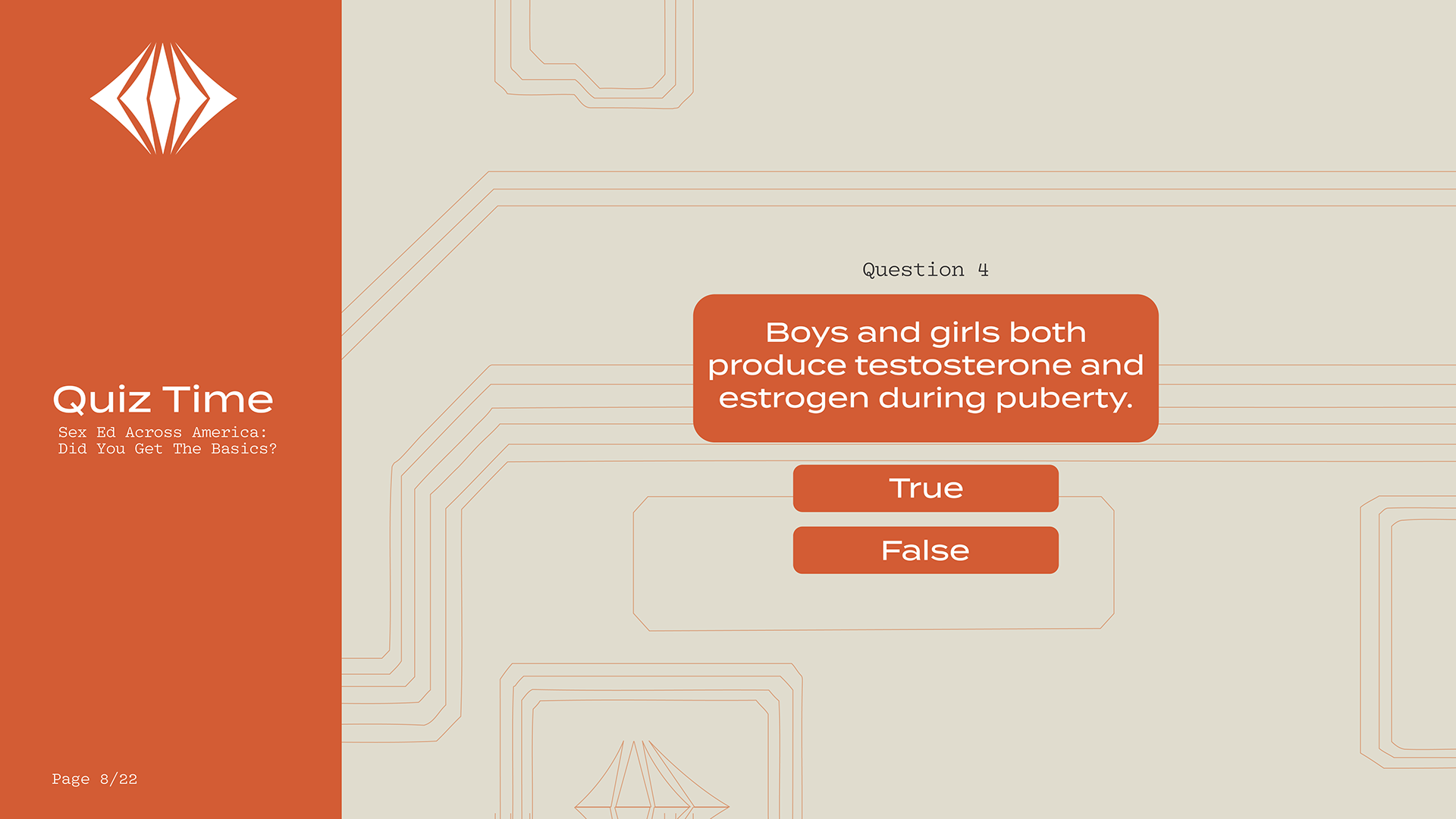
Example from Puberty Section
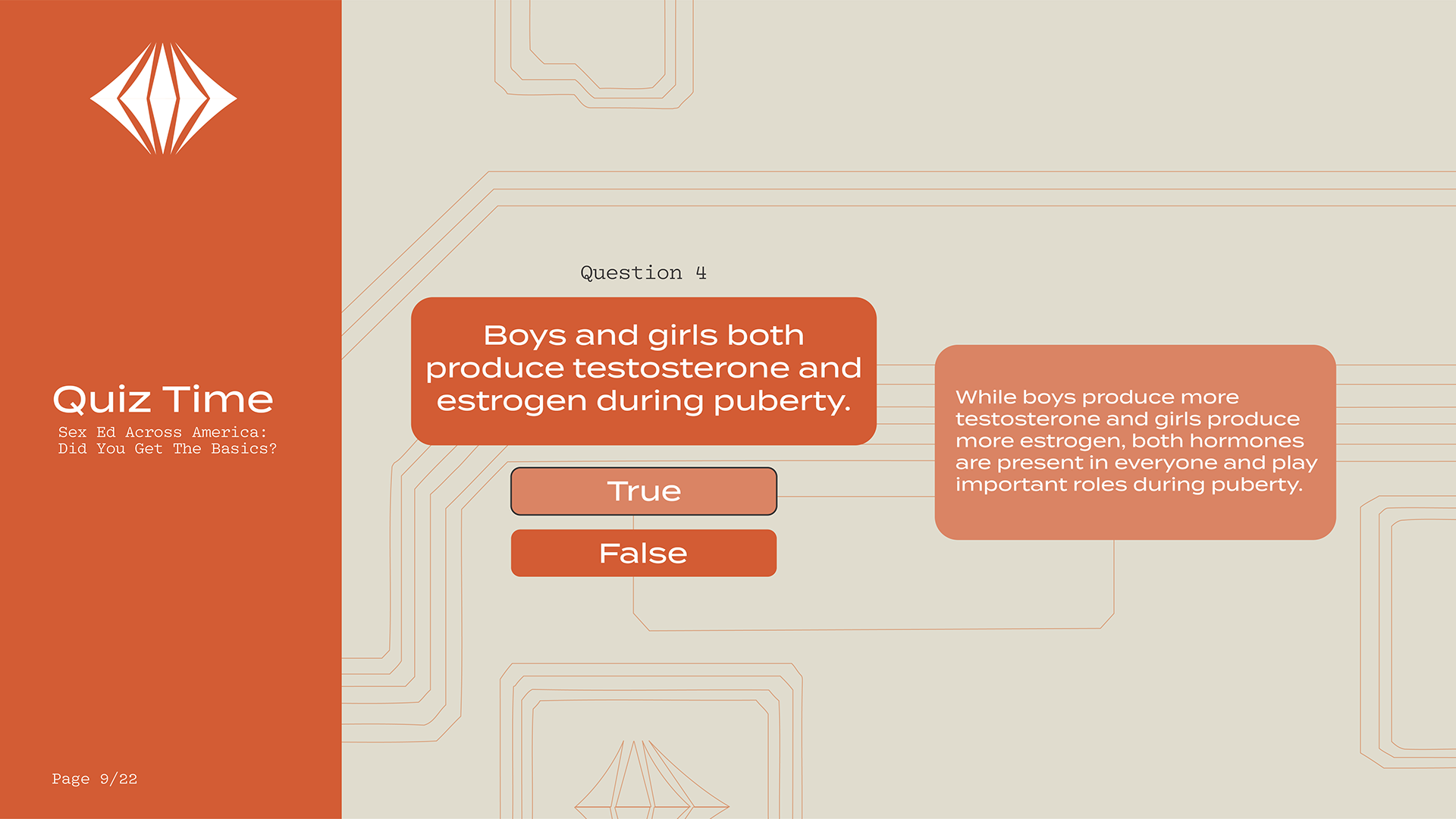
Example from Puberty Section
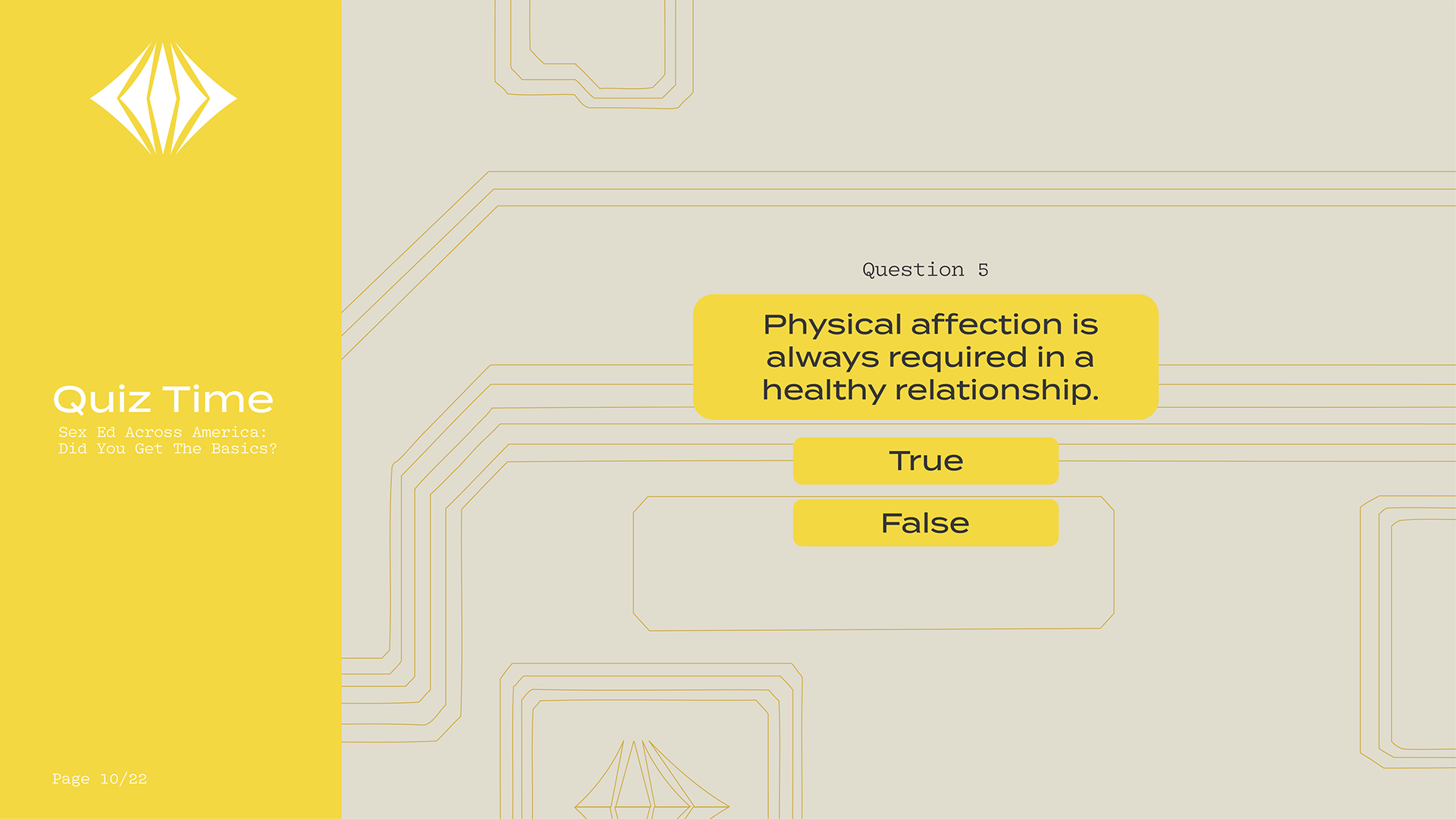
Example from Healthy Relationships Section
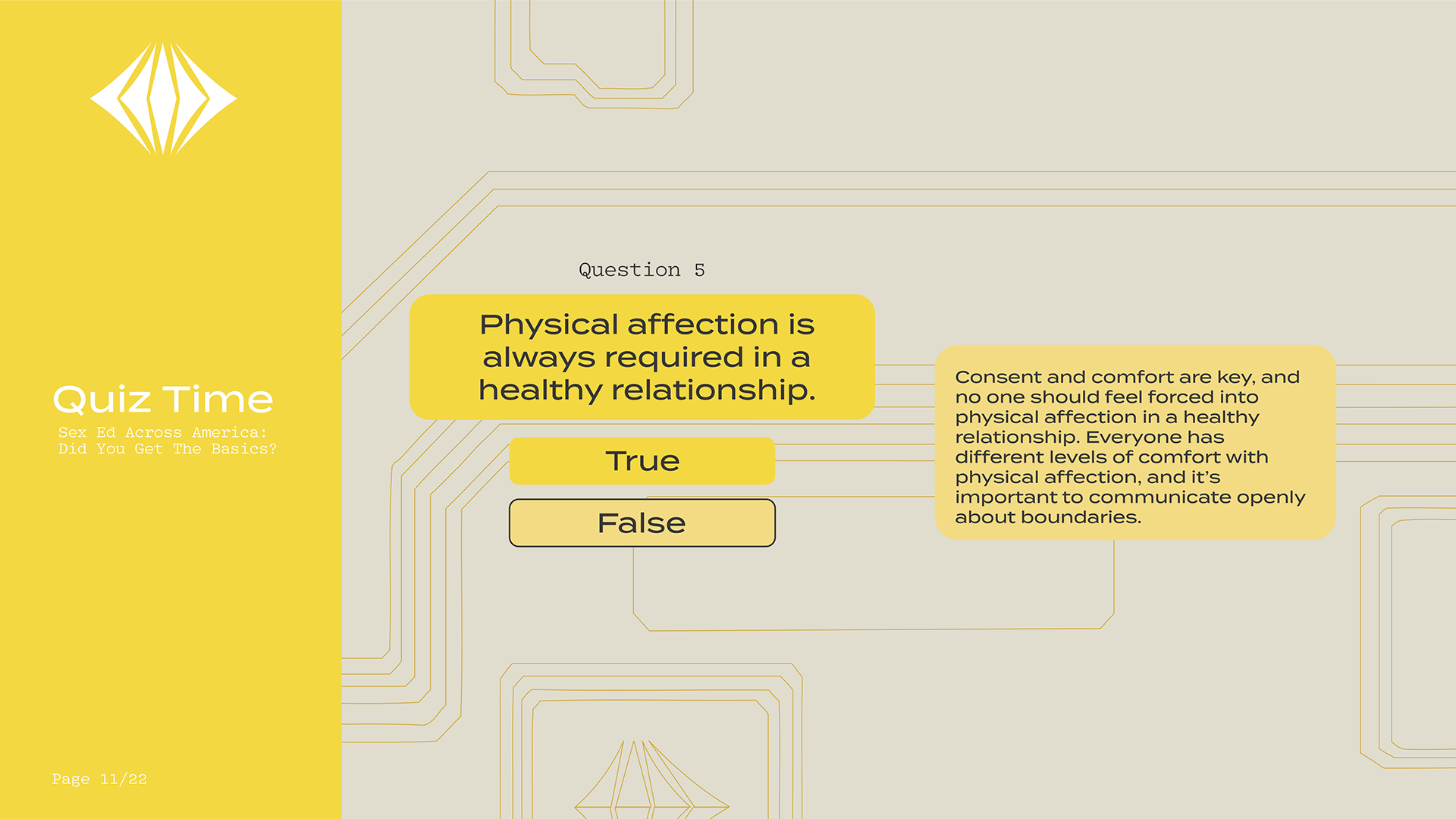
Example from Healthy Relationships Section
BILLBOARD ADVERTISEMENT
My initial design for my billboard advertisement included various pieces of “old” technology that I thought would stick on brand while also capturing the attention of a younger audience. However, after feedback from my peers, I decided to transition to a simpler design that included the website name.


EDUCATIONAL BROCHURES
My educational takeaway item was a set of five brochures, all covering the main topics that Floom has to offer. The information on each of the brochures is from medically responsible and medically accurate sources such as the CDC, and Planned Parenthood. The information on the brochures is catered to Flooms' targeted audience, 11-17 year olds. I added a wispy Xerox look to the imagery to make it feel more on-brand while also creating a cohesive look for each brochure.
FINAL DELIVERABLES
Here is an image of my final display at our showcase. On the top window, I have my two infographic posters. Below is my primary poster advertisement, along with my educational brochures, digital quiz, business cards, two flat-lay informational posters, and a work from my previous advanced typography course with an artists statement. The informational flat-lays and business cards were designed specifically for the final table, and not a requirement for this project.